In response to the “Belt and Road Initiative” and to deepen cultural exchanges between China and foreign countries with tourism as the medium, the CFLC “English Overtone” Summer Social Practice Group recently investigated the public signage on the Kulangsu islet, one of the most popular tourist attractions in Fujian Province. The group was divided into three teams to look at the public signage at the Bright Moon Garden and the Organ Museum and along the roadways.
The social practice group poses for a photo before setting out.
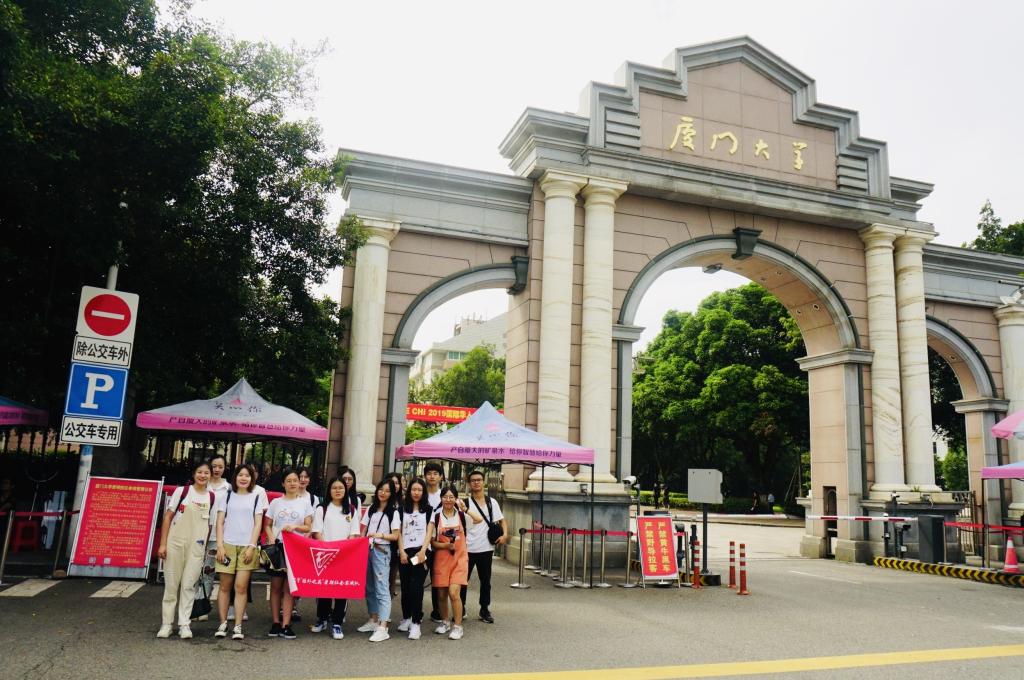
The first team headed to the Bright Moon Garden which commemorates General Koxinga’s feat of recovering Taiwan from Dutch invaders. They found that some ancient trees and public facilities in the garden did not have English-language signs. They planned to notify the related government departments of the problem. They felt duty-bound to help international tourists gain a better understanding of Chinese culture.
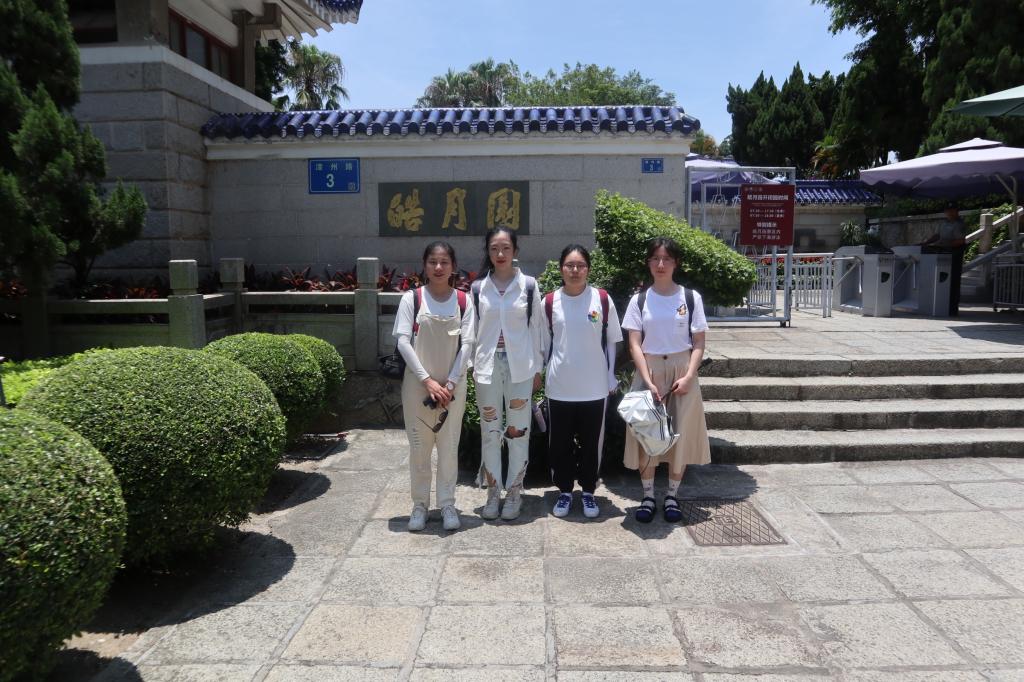
Members of the social practice group arrive at the Bright Moon Garden.

On the way from the Piano Pier to the Organ Museum, the second team found the map and sign at the intersection between Yanping and Longtou Roads had clear English translations. In the Organ Museum, they saw that all organs had both Chinese and English introductions and that the entrance, exit, fire extinguishers and trash cans all had Chinese and English signs, too. By and large, the introductions and signs were satisfactory, but the team spotted a few problems, such as mistranslations and incorrect formats. These problems might be minor and neglected, but the elimination of such problems was the purpose of the team’s investigation on the islet.
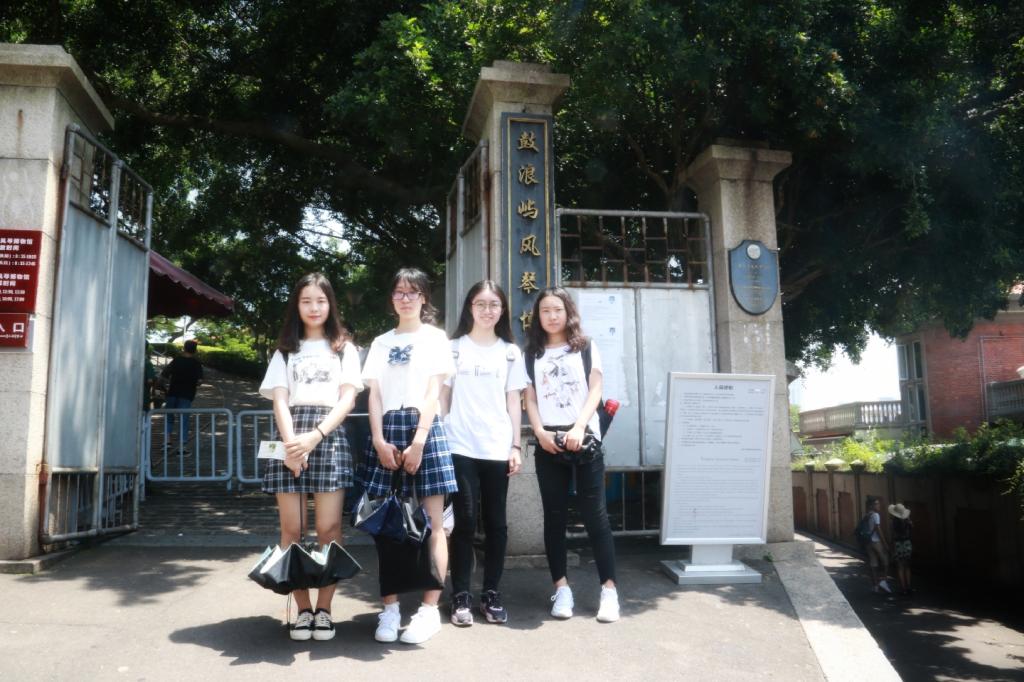
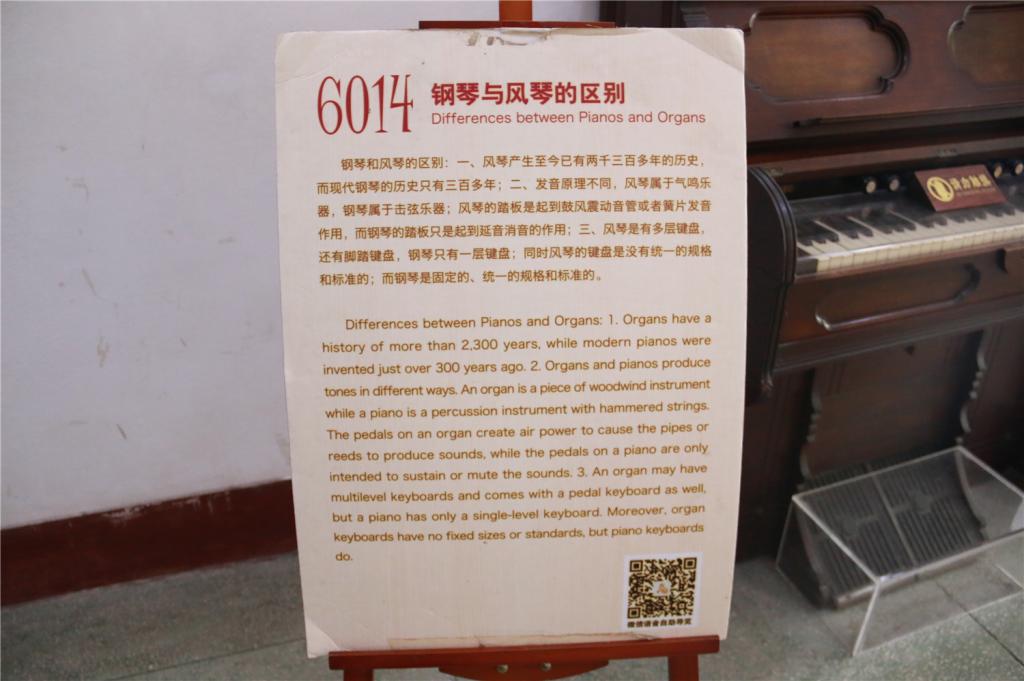
Members of the social practice team check a sign at the Organ Museum.
The team was responsible for reviewing the directional signage along the roadways and collecting international visitors’ comments. They took a careful look at all signs, finding that the English translations were generally satisfactory. International tourists commented that the English translations of the signs were of an adequate quality and helpful, but they showed to the team members some English maps and brochures with mistranslations and grammatic errors. The team also discovered that the Chinese introductions and signs at the John Ma Museum lacked English translations, preventing international tourists from understanding John Ma’s life stories and dedication to China’s sports cause.
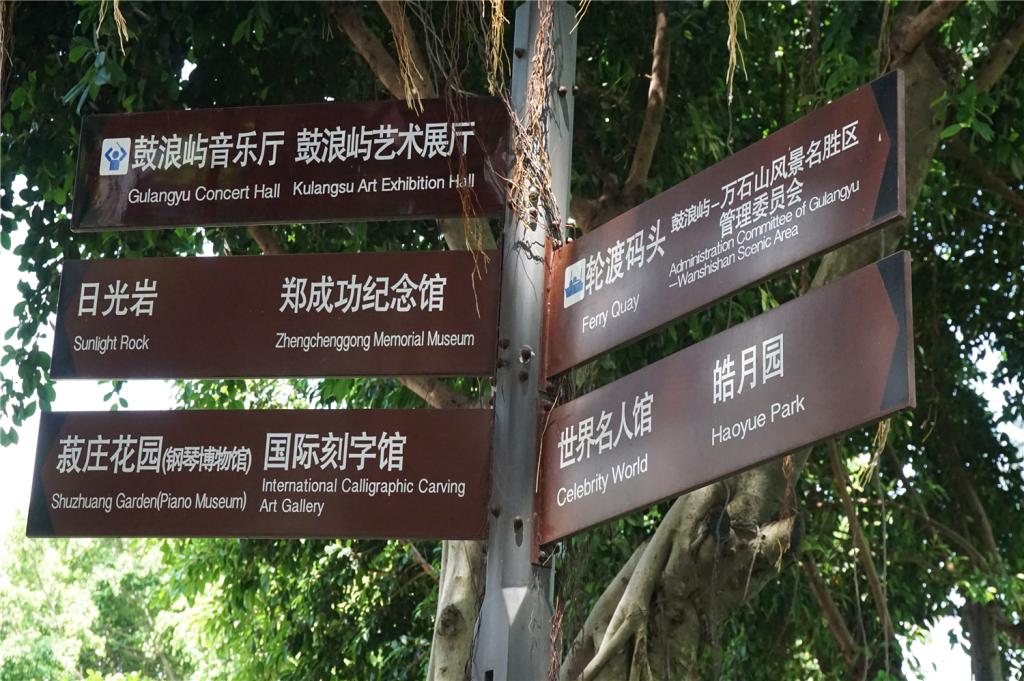
Members of the social practice group review the directional signs.
The investigations also gave the CFLC social practice group an opportunity to appreciate the blending of Chinese and Western cultures and the rich cultural heritage on the Kulangsu islet again. Although most of the group members had been to the islet before, this time they came with a different purpose and took note of things that had often been overlooked. The investigations prompted them to think about the development of the tourism industry. Tourism is actually a kind of cross-cultural communication. Today, tourism is fully integrated into the national strategy and has become a strategic pillar of the national economy. Inbound tourism has grown by leaps and bounds, turning China into the world’s fourth largest tourist destination. As such, the importance of English signage is self-evident. In the future, the social practice group has plans to investigate the English signage of the Tibetan scenic area in Qinghai province, thereby contributing in their own way to the development of tourism in the region.